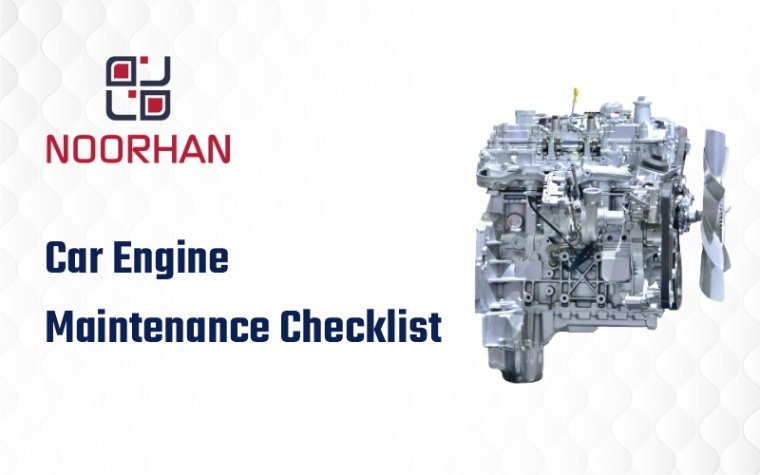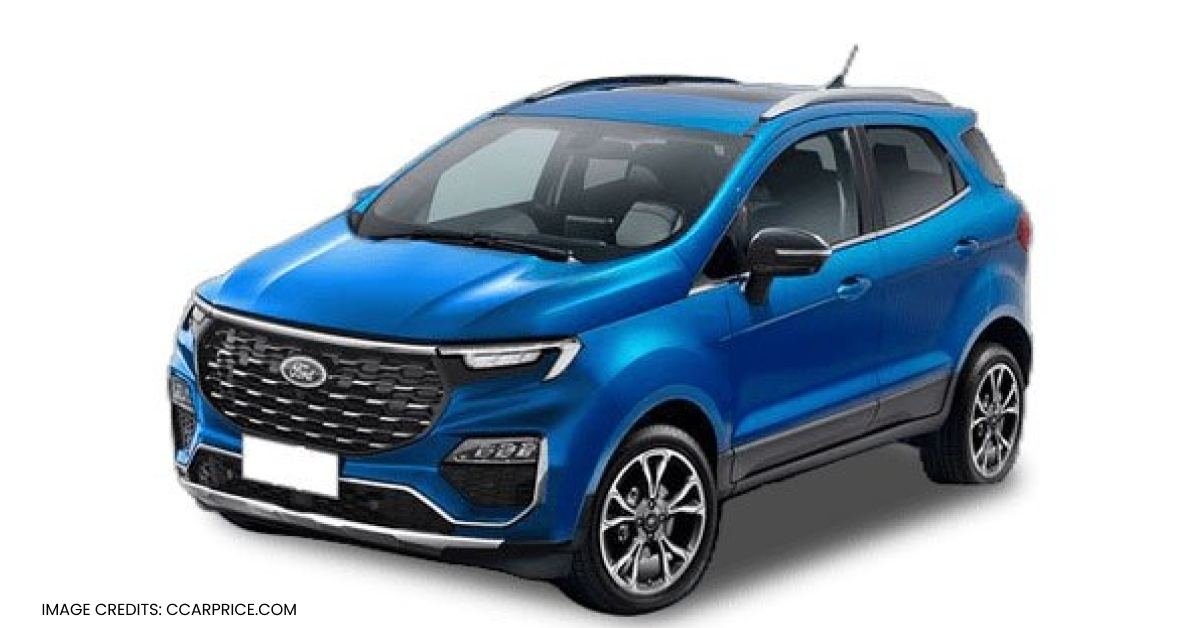-
Car Maintenance Check FrequencyCar Maintenance Check Frequency
-
> 1. Recommended Maintenance Schedule> 1. Recommended Maintenance Schedule
-
> 2. Factors Affecting Maintenance Intervals> 2. Factors Affecting Maintenance Intervals
-
> 3. Importance of Manufacturer Guidelines> 3. Importance of Manufacturer Guidelines
-
Checklist for Car Engine MaintenanceChecklist for Car Engine Maintenance
-
> A. Check Engine Oil Levels> A. Check Engine Oil Levels
-
> B. Air Filter Inspection> B. Air Filter Inspection
-
> C. Spark Plug Inspection> C. Spark Plug Inspection
-
> D. Coolant Check & Refill> D. Coolant Check & Refill
-
> E. Drive Belt Examination> E. Drive Belt Examination
Maintaining your car’s engine guarantees its longevity and best performance. In this blog, we’ll underline the value of routine engine maintenance to avert expensive repairs and breakdowns. Using our detailed checklist, you may proactively check important engine parts like oil levels, air filters, spark plugs, coolant, and drive belts.
Learn the advantages of following manufacturer recommendations, such as increased fuel efficiency, decreased emissions, and a smoother driving experience. Maintaining your engine today will help you avoid future problems that could cost you time, money, or headaches.
How often should you take your car for Maintenance Checks?

Recommended Maintenance Schedule
Keeping up with a regular maintenance schedule is essential for maintaining the health of your car’s engine. The owner’s manual includes a recommended maintenance schedule from the manufacturer that lists particular services and how often they should be performed.
Elements Affecting Maintenance Intervals
Several factors may have an impact on how frequently maintenance inspections are performed. Mileage is essential because various services are advised to alleviate wear and tear at particular mileage points. Another important consideration is the age of the vehicle, as older cars may need more frequent inspections to address aged components. Environmental factors and driving patterns also affect maintenance requirements.
The Value of Adhering to Manufacturer Guidelines
It’s crucial to follow the manufacturer’s instructions for several reasons. The first benefit is that it keeps your car’s warranty valid, guaranteeing you are covered for any prospective repairs. Second, the manufacturer’s recommendations result from in-depth testing and analysis that optimize the performance and longevity of your car.
Checklist for Car Engine Maintenance
A. Checking Engine Oil Levels and Quality
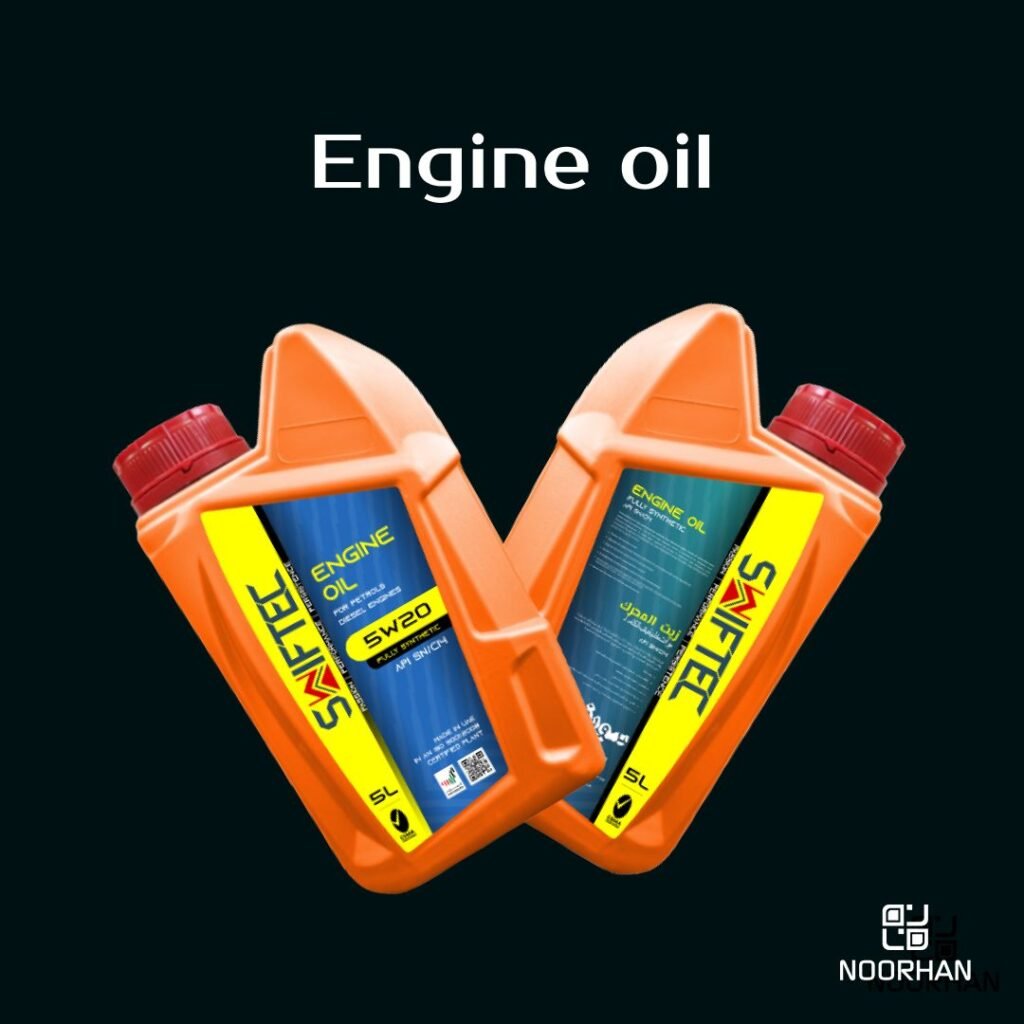
The performance and health of your car’s engine depend on maintaining the right engine oil levels and quality. Engine oil ensures smooth operation and lessens wear and tear by lubricating important parts, reducing friction, and dissipating heat.
1. How to Check Engine Oil
Park the automobile on a level surface, then turn off the engine to check the engine oil level. Pull out the oil dipstick, which is typically identified by a handle that is brightly colored. Clean it, put it back in, and then take it out again to check the oil level.
2. How to Choose the Correct Oil for Your Car
To choose the proper oil type and viscosity grade for your car, consult the owner’s manual or the manufacturer’s recommendations. The engine is given the proper protection and performance by using the proper oil.
B. Checking the air filter and replacing it
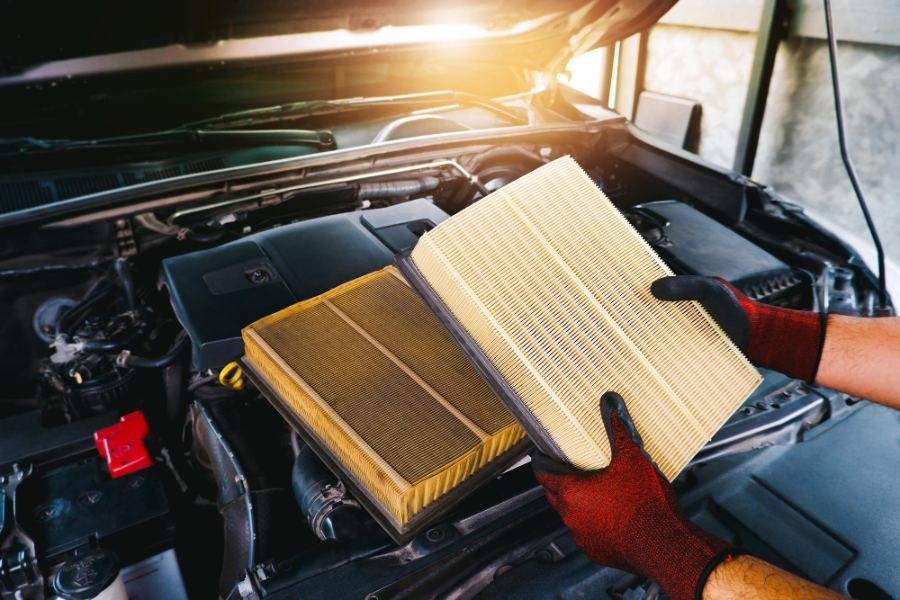
The air filter’s primary function is to keep impurities like dust and debris out of the combustion chamber, which is essential for the engine’s health. It ensures that only pure air enters the machine, facilitating effective fuel burning and shielding internal parts from harm.
1. Signs of a Dirty Air Filter
The telltale signs of a filthy air filter are decreased engine performance and fuel economy. Reduced acceleration, rough idling, higher exhaust fumes, and overall power loss are common symptoms. It’s time to check the air filter if you have experienced any of these symptoms or if it’s been some time since your last checkup.
2. How to Replace the Air Filter Step by Step
Simple tools can be used to complete the task of changing the air filter. Find the air filter housing first, typically a plastic box next to the engine. Remove the old air filter with caution after opening it. Examine the previous filter for stains and damage. It needs to be replaced if it’s soiled or clogged. Close the housing after correctly positioning the new filter and ensuring it fits snugly.
C. Spark Plug Inspection and Replacement
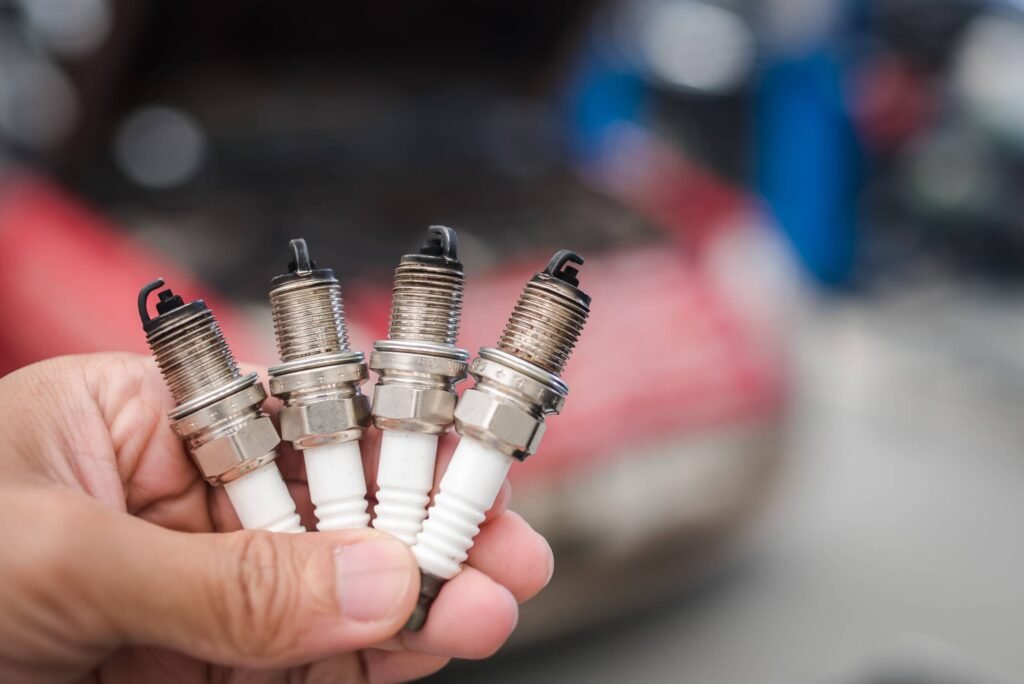
Spark plugs are crucial to engine performance because they ignite the fuel-air combination in the combustion chamber. They start the combustion process with an electrical spark, which powers the motor and makes it run smoothly.
1. Signs of Worn-out Spark Plugs
Engine misfires, diminished power, rough idling, and poor fuel efficiency can be caused by worn-out spark plugs. It could be time to check and replace the spark plugs if you notice these symptoms or have trouble starting the automobile.
2. How to Replace Spark Plugs Safely:
Disconnect the spark plug wires, remove the old plugs with a spark plug socket and ratchet, and install the new plugs while ensuring the gap is correct. Be careful not to tighten the plugs too much.
D. Checking and refilling the coolant
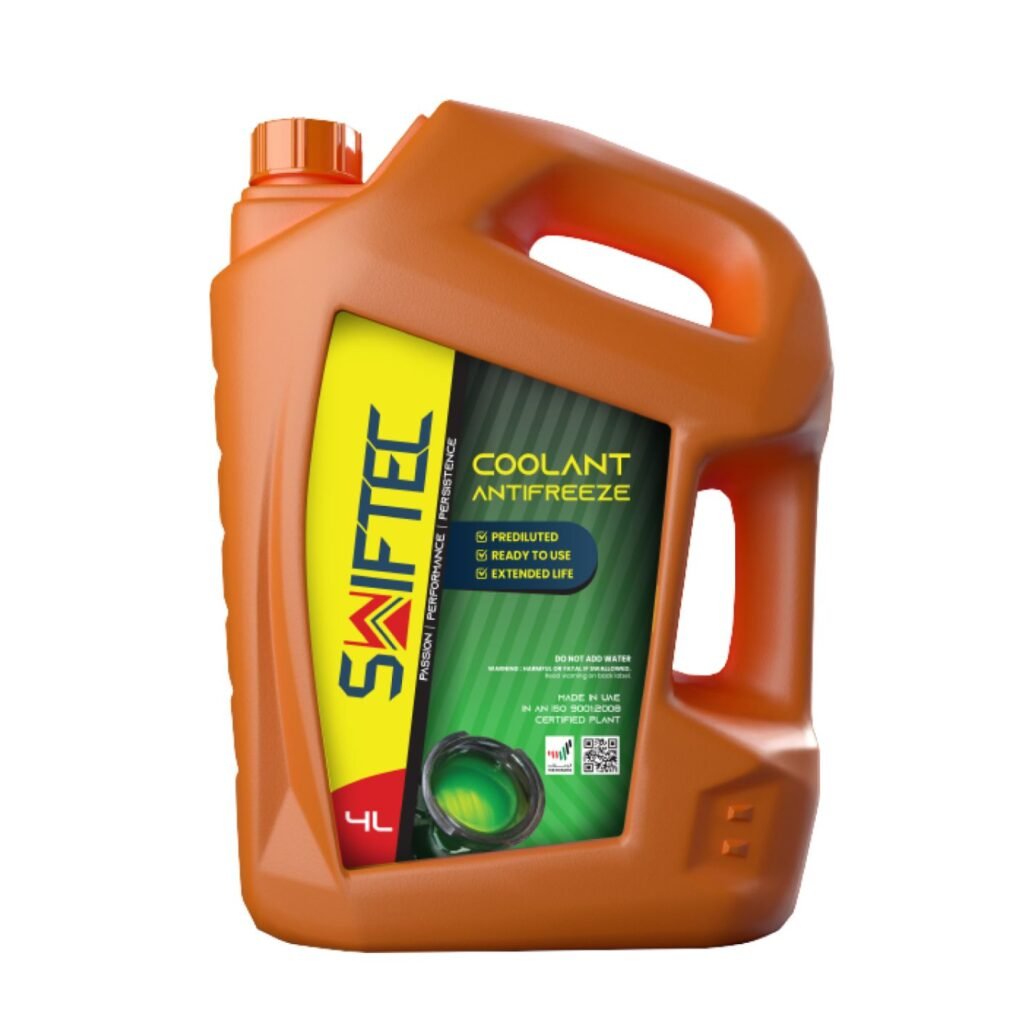
Maintaining an ideal operating temperature requires effective engine cooling. The heat from the engine is absorbed by coolant, a solution of water and antifreeze, and is then released through the radiator. This procedure keeps the engine from overheating and makes sure it runs smoothly.
1. How to Check Coolant Levels:
Park the car on a level surface and allow the engine to cool before checking the coolant levels. Find the coolant reservoir, then compare the level to the side markings. It’s time to top off the coolant if the level falls below the minimum threshold.
2. When and How to Add Coolant:
To avoid burns, add coolant after the engine has cooled down. If necessary, prepare a coolant and distilled water mixture that is 50/50. Pour the mixture into the reservoir gradually until it reaches the right level. Your engine will stay adequately cooled if you regularly check and top off the coolant level and perform scheduled coolant system flushes. This will lower the risk of overheating and possible engine damage.
E. Drive belt examination
Drive belts, also known as serpentine belts or V-belts, serve an essential purpose in the engine by transmitting power from the engine to various parts, including the alternator, water pump, power steering pump, and air conditioning compressor. various belts guarantee synchronization between various systems, preserving optimal engine performance.
1. Signs of Wear and Tear:
Drive belts may become damaged or deteriorate over time, so look for signs of wear and tear. Wear indicators include squeaking sounds from the engine area, cracks, and fraying. Inspecting and swapping out the driving belts when you discover these symptoms is critical.
2. How to Replace Drive Belts:
Finding the tensioner pulley and releasing the tension with a wrench or belt tensioner tool are the first steps in replacing drive belts. After removing the previous belt, carefully route the new one around the pulleys using the correct routing schematic. The new belt should now be appropriately tensioned after releasing the tensioner.
Many other parts of the engine, like the Engine battery, PCV, and Fuel system, need to be examined for maintenance. Regularly checking these engine parts and following the manufacturer’s manual will enhance engine longevity and efficiency, saving you from costly repairs and ensuring a smooth and reliable driving experience.
Conclusion
A well-maintained car engine is the key to a reliable and efficient vehicle. By following our comprehensive checklist, which includes regular oil checks, air filter replacements, spark plug inspections, coolant level monitoring, and drive belt examinations, you can ensure your engine stays in top-notch condition. Regular maintenance extends your engine’s lifespan and saves you from costly repairs and breakdowns. So, invest in engine care today to keep your car running smoothly and effortlessly for years. Happy driving!
The Ultimate Guide to Car Spare Parts

Learn:
• About different spare parts
• How do they work
• How to take car of them
• What are different categories of parts
• Some interesting facts
Start Knowing Your Car Parts
Where can you buy Best Auto Spare Parts in Dubai?
Auto Spare Parts are available at different suppliers and dealers of auto spare parts in Dubai. Noorhan is amongst the leading brands that deal with genuine auto spare parts and aftermarket parts for different car brands, including BMW, Mercedes, Audi, Porsche, Honda, Toyota, Nissan, Mazda, Jeep, Ford, and other Japanese, European, American, Korean, luxury cars brand.
If you’re looking to replace your old Auto Spare Parts with high-quality aftermarket parts in Dubai, Noorhan can help you.

